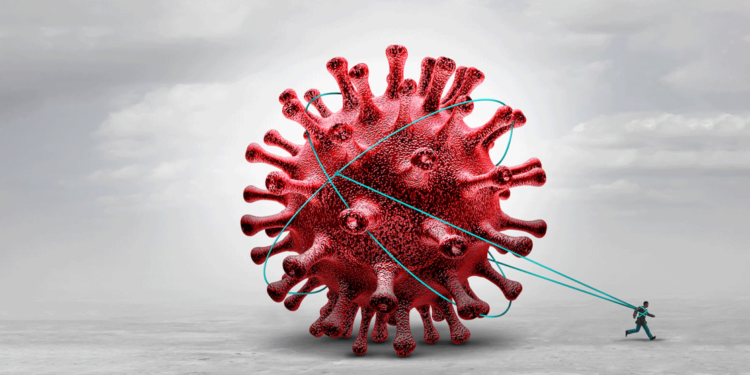
by Fauzia J. Choudhury
Despite the global downgrade of COVID-19 from a public health emergency, the virus continues to claim lives around the world, especially among the elderly and immunocompromised. As many have moved on, a quiet but persistent threat remains in hospitals and homes—reminding us that the pandemic may be over, but the virus is not gone.
Recent Global and Local Data
• In the United States, the CDC reports that over 300 people are still dying every week due to COVID-related complications.
• In India, multiple deaths have been reported recently in Maharashtra and West Bengal, especially among people with existing health conditions.
• Nagpur, for instance, reported two recent deaths involving patients with severe comorbidities.
• Countries like Australia have recorded 2,200 COVID deaths in the past year alone—evidence that endemic doesn’t mean harmless.
New Variants and Symptoms
• A subvariant called NB.1.8.1 has been rising in the U.S., causing symptoms like “razor-blade throat,” fever, and severe fatigue.
• The long COVID effect continues to impact thousands—causing long-term complications such as heart conditions, stroke risk, and neurological disorders.
Who Is Still at Risk?
• Senior citizens, individuals with chronic illnesses, cancer patients, and those with compromised immunity remain the most vulnerable.
• The unvaccinated population, including those who skipped booster doses, are at significantly higher risk of severe infection and death.
Global Response & Public Awareness
• The World Health Organization (WHO) now classifies COVID-19 as an endemic virus, but reminds countries to maintain surveillance, testing, and vaccination programs.
• In many cities, public messaging about prevention has disappeared, leading to complacency even among high-risk groups.
Conclusion: The Pandemic May Be Over—But COVID Is Not
COVID-19 is no longer a global emergency, but it remains a deadly, active virus. For those with vulnerable health conditions, the risk is still real.
We must shift from “panic” to “preparedness,” from denial to responsible awareness.
Simple practices like:
• Staying up to date on vaccines and boosters
• Wearing masks in crowded indoor spaces
• Being mindful of symptoms and testing early
—can still save lives.
Author: Member of Editor’s Board

























